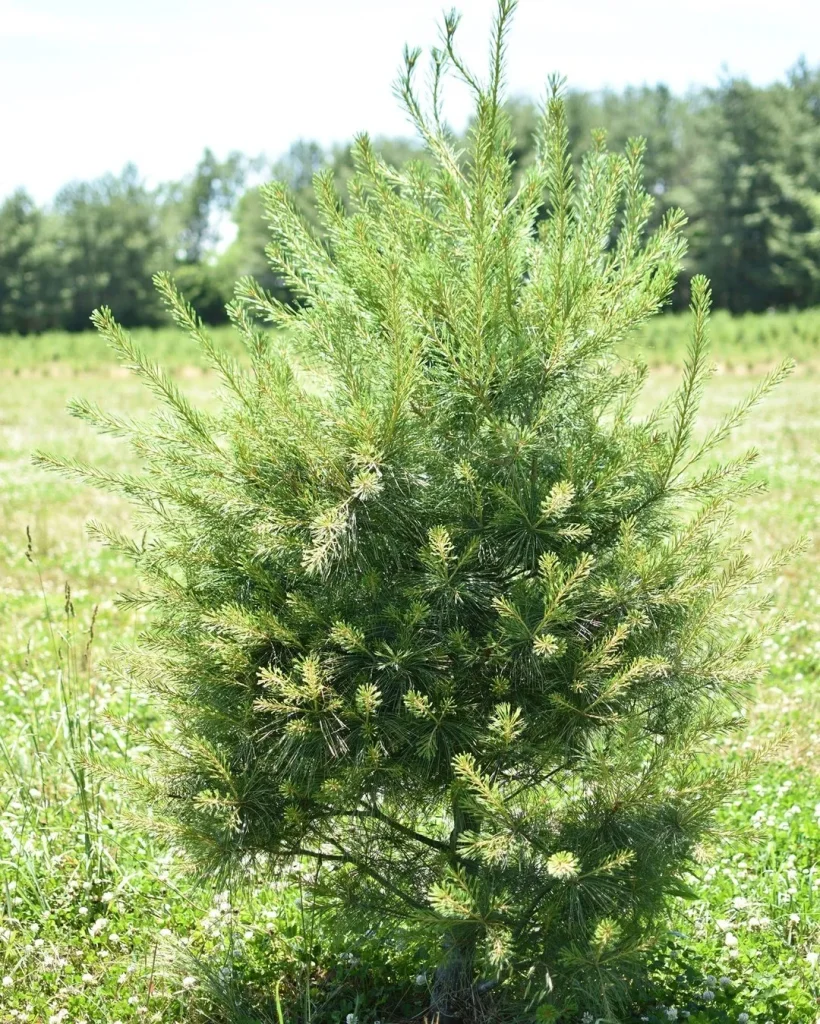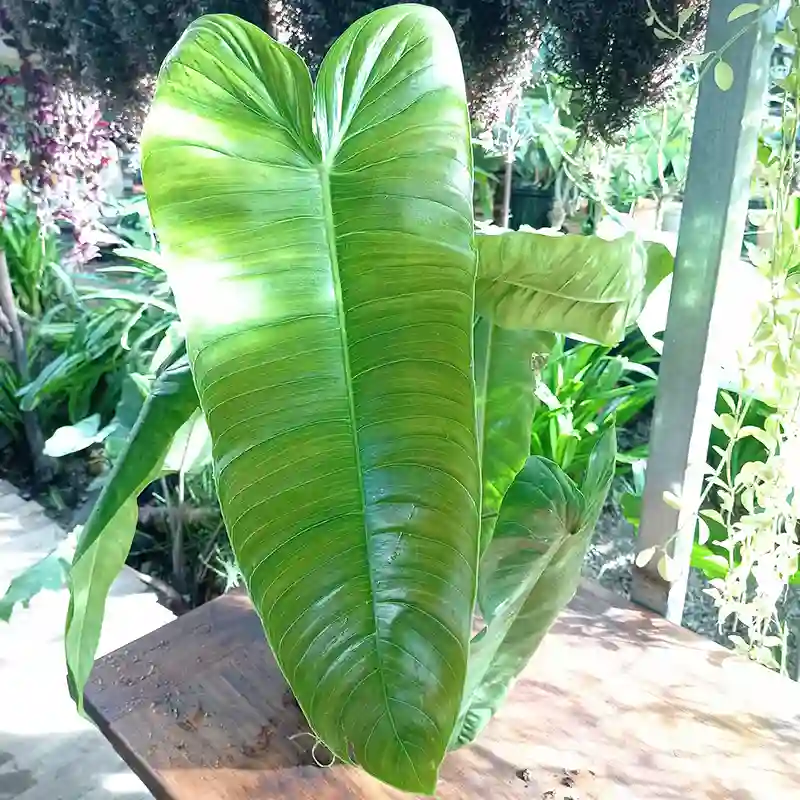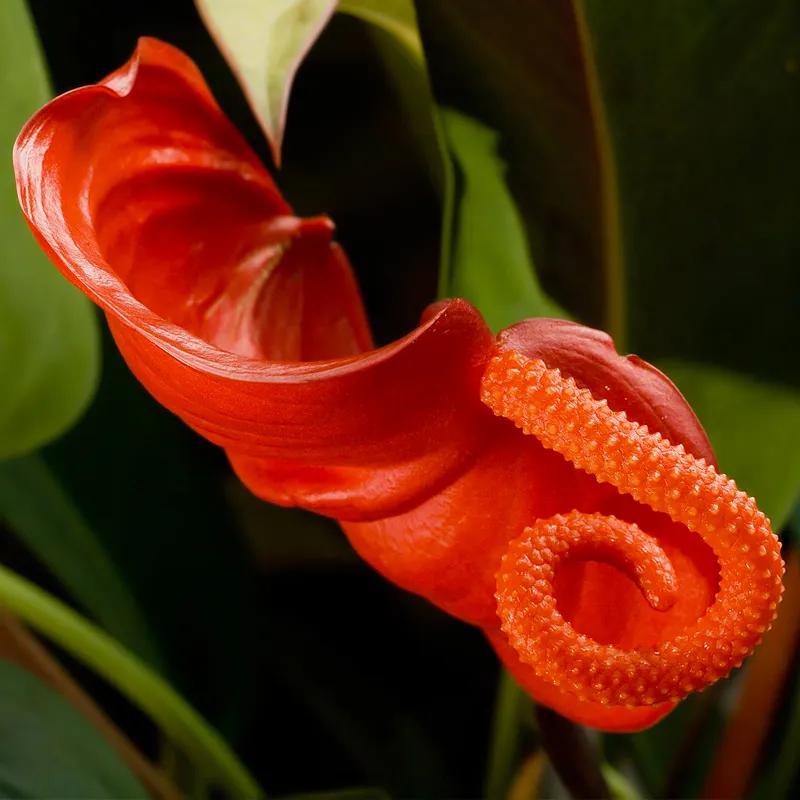Adromischus Cooperi FAQs
Adromischus Cooperi, often known as the Pillow Plant or Rubber Plant, is a fascinating succulent native to South Africa. If you’re considering adding this plant to your collection, or if you’re already caring for one, you might have several questions. Here’s a comprehensive guide to help you with the most frequently asked questions about Adromischus Cooperi.
29 Species in Genus Adromischus
What is Adromischus Cooperi?
Adromischus Cooperi is a small succulent known for its unique, thick, and fleshy leaves that resemble little pillows. The leaves are typically a vibrant green with distinctive dark spots. This plant forms a rosette shape and can reach up to 6 inches in height. It’s a popular choice for succulent enthusiasts due to its low maintenance requirements and interesting appearance.
How to Care for Adromischus Cooperi?
Taking care of Adromischus Cooperi is relatively straightforward, making it an excellent plant for both beginners and experienced gardeners. Here’s a detailed care guide:
- Light: Adromischus Cooperi thrives in bright, indirect light. While it can tolerate some direct sunlight, too much can lead to leaf burn. If growing indoors, a spot near a south-facing window is ideal.
- Watering: This succulent is drought-tolerant. Water it thoroughly, then allow the soil to dry out completely before watering again. Overwatering can lead to root rot, so be cautious.
- Soil: A well-draining cactus or succulent mix is best. You can also mix regular potting soil with sand or perlite to improve drainage.
- Temperature: Adromischus Cooperi prefers temperatures between 65°F and 75°F (18°C to 24°C). It can tolerate cooler temperatures but should be protected from frost.
- Fertilizing: Feed the plant with a diluted, balanced fertilizer once a month during the growing season (spring and summer). Reduce feeding during the winter months.
How to Propagate Adromischus Cooperi?
Propagation of Adromischus Cooperi is relatively simple and can be done through leaf cuttings or offsets:
- Leaf Cuttings: Gently twist off a healthy leaf from the plant. Let the leaf callous over for a few days, then place it on top of a well-draining soil mix. Water lightly once roots start to develop.
- Offsets: As the plant grows, it produces offsets or small pups. These can be carefully separated from the main plant and potted up in their own containers.
What to Plant with Adromischus Cooperi?
Adromischus Cooperi pairs well with other succulents and cacti. Consider planting it with:
- Echeveria: Their rosette forms complement each other nicely.
- Crassula: Varieties like Crassula Ovata add a nice contrast.
- Aloe: Smaller Aloe species can be a great addition to a mixed succulent arrangement.
When grouping plants together, ensure that all have similar light and water requirements to avoid complications.
Is Adromischus Cooperi Toxic?
Adromischus Cooperi is non-toxic to humans and pets. It’s a safe choice for homes with children or animals. However, it’s always a good practice to monitor pets around plants to prevent any potential issues.
Benefits of Adromischus Cooperi
This succulent offers several benefits:
- Low Maintenance: It requires minimal care, making it ideal for busy individuals or those new to gardening.
- Air Purification: Like many succulents, it helps purify the air by removing toxins.
- Aesthetic Appeal: Its unique leaf texture and shape add a distinct touch to any indoor garden.
Common Problems and Solutions
Here are some common issues you might encounter with Adromischus Cooperi and how to address them:
- Overwatering: Leads to root rot. Ensure the soil dries out completely between waterings and use a well-draining pot.
- Leaf Drop: Could indicate inadequate light or overwatering. Adjust light exposure and watering practices.
- Pests: Occasionally, you might see mealybugs or spider mites. Treat with insecticidal soap or neem oil.
Compare with Similar Plants
Adromischus Cooperi is often confused with other succulents due to its appearance. Here’s how it compares with some similar plants:
- Adromischus Maculatus: Often mistaken for Cooperi, it has a more spotted leaf pattern and a slightly different shape.
- Crassula Perfoliata: This plant has a similar rosette form but features a more compact, dense arrangement of leaves.
- Echeveria Laui: Although not a true comparison, it’s another rosette-forming succulent with a pastel color palette that might appeal to those who like Adromischus Cooperi.
Final Thoughts
Adromischus Cooperi is a delightful addition to any succulent collection, offering ease of care and a unique visual appeal. By understanding its needs and characteristics, you can ensure it thrives in your home or garden. Whether you’re a seasoned succulent enthusiast or just starting out, this plant is sure to make a charming companion.
If i die, water my plants!



